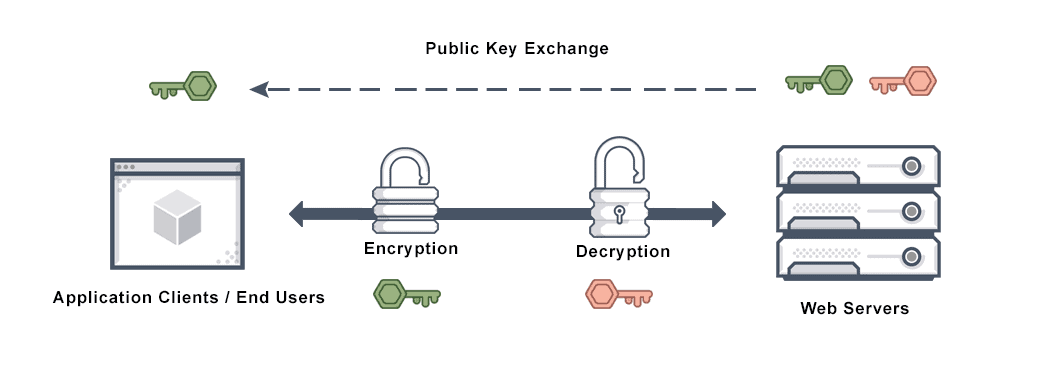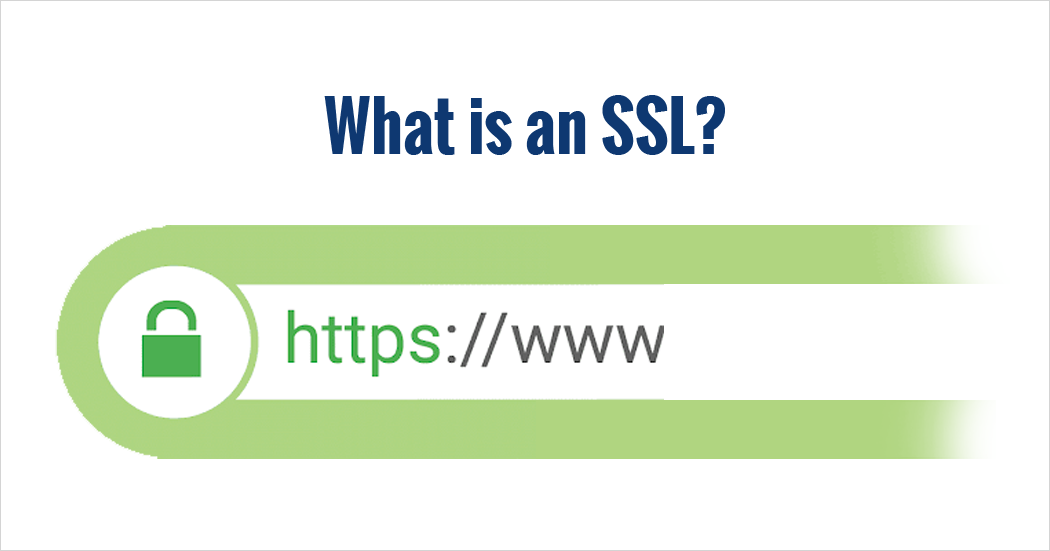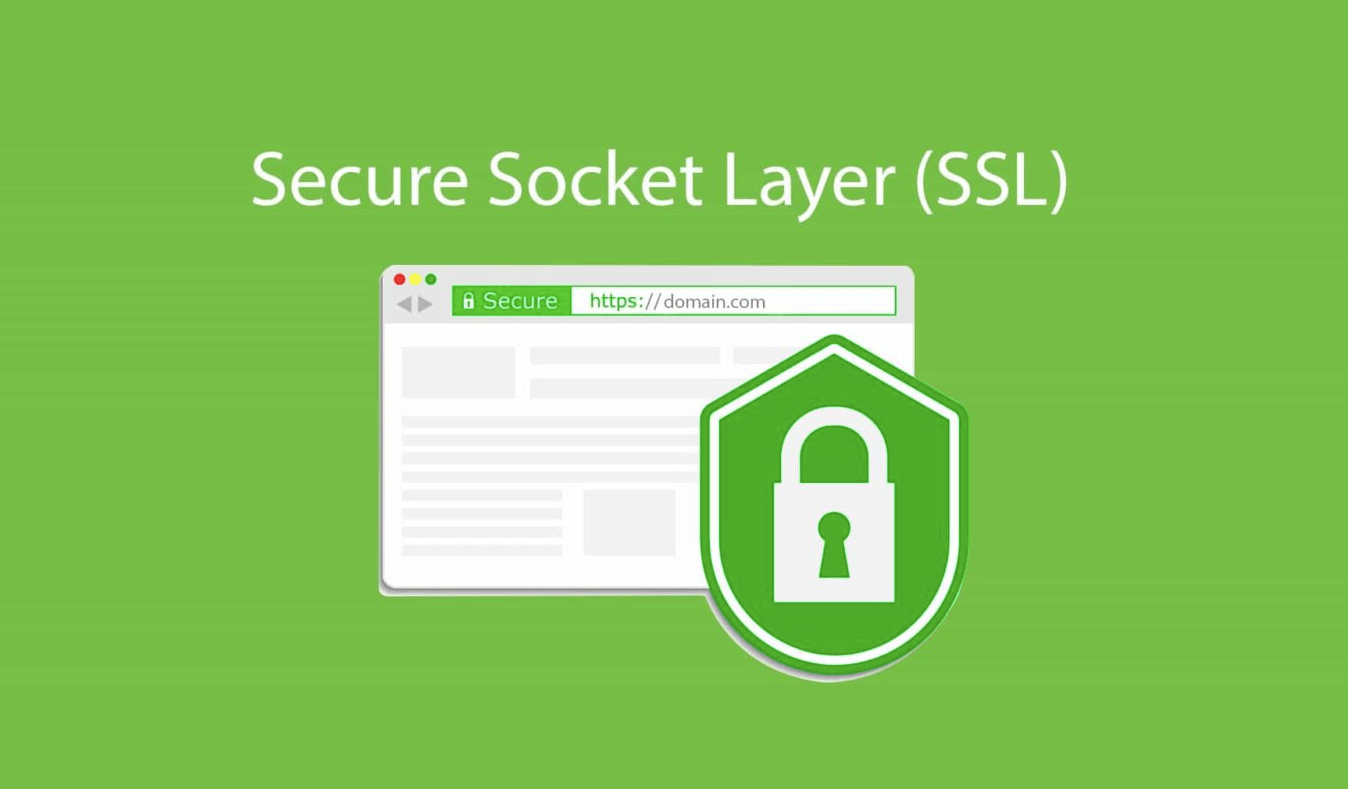Google declared a few years ago that it would begin reporting websites that did not have a Secure Sockets Layer (SSL) certificate installed on their servers.
However, while setting up an SSL certificate is generally uncomplicated, you may encounter some difficulties.
The good news is that many of these problems may be corrected with a few simple steps.
Because of this, if you encounter an issue while attempting to migrate an existing WordPress site to SSL, there is no need to panic.
Simply performing some troubleshooting will have your site up and running properly (and safely) in no time.
As a starting point for this piece, we’ll talk about the significance of SSL certificates for your website.
Following that, we’ll present you with a list of five typical SSL difficulties, as well as instructions on how to resolve them on your WordPress website.
Let’s get this party started!
How to Resolve Frequently Asked Questions About SSL in WordPress?
Now that we have a better understanding of SSL/HTTPS and why it is necessary, let’s look at some of the problems that can arise as a result.
The following are five of the most common SSL issues that occur with WordPress, as well as instructions on how to overcome them.
1. The NET::ERR CERT INVALID Error is the first of these
You may encounter an error message that reads “NET::ERR CERT INVALID” if you are using Google Chrome. This is one of the most prevalent issues that Google Chrome users encounter.
This can occur in other browsers as well, albeit the message displayed will be slightly different.
Anyhow, it just indicates that the connection to the website is not safe.
Having an SSL certificate installed on your site most usually indicates that something is wrong with the settings or setup. As a result, the browser is unable to correctly read and accept it.
When this occurs, there are a few measures you can take to remedy the situation.
It is important to check that the certificate is given to the correct domain or subdomain before moving on. After that, you’ll want to make sure that your certificate hasn’t expired.
This can be accomplished by selecting the padlock icon to the left of the browser’s address bar from the drop-down menu.
The certificate’s details will be displayed, and you should double-check that it says “Valid.”
It is necessary to renew it as soon as possible through the issuing provider, which is also stated below if the message states “not valid.”
In the event that you installed the certificate yourself, you might want to try replacing it.
However, you may wish to use a different certificate provider this time around because your browser may not recognize the issuing authority of your present certificate, which means you will need to switch providers.
Let’s Encrypt is a secure encryption service that we recommend.
2. Inconsistent Content Errors
Mixed content warnings are another type of issue that you may experience while switching from HTTP to HTTPS.
Briefly stated this is what occurs when pictures, scripts, or style sheets on your website are loaded while using outdated and insecure HTTP protocols.
In other words, some of your WordPress material is protected, while other portions aren’t secure.
There are two approaches that you can take to resolve mixed content errors. The first is to make use of a plugin such as Really Simple SSL to secure your website.
After you have successfully installed and activated the tool on your website, you can access the plugin settings by going to Settings > SSL in the menu bar.
However, you need not take any further action to resolve the mixed content problems. When the plugin is first activated, it takes care of everything.
The second option you might utilize is to correct the errors that have occurred manually. To get started, go to Settings > General in WordPress and click on the Add New button.
Check the URLs for the WordPress Address (URL) and the Site Address (URL) to ensure that they contain the “https” protocol.
Installing the Better Search Replace plugin will be available after you have saved your changes.
3. Redirecting from HTTP to HTTPS
By default, WordPress will not immediately transfer your site from HTTP to HTTPS when it detects a security breach.
As a result, you will need to instruct it to do so. A plugin such as Really Simple SSL, for example, can be used in some situations.
However, you can manually arrange the HTTP to HTTPS redirect by modifying the.htaccess file in your web server’s root directory.
Once again, you can accomplish this through SFTP or the file manager provided by your hosting account.
Locate and open the.htaccess file, and then paste the following code into the file:
IfModule mod rewrite.c is true, then
RewriteEngine is enabled.
RewriteCond percent of HTTPS is turned off.
RewriteRule (.*) is a rule that allows you to rewrite text.
HTTP HOST percent URI percent $ https:// HTTP HOST percent $ REQUEST URI percent $ [L,R=301]
</IfModule>
Keep in mind that you can save your modifications once you’re finished.
If you are not comfortable editing the files on your website, I recommend that you use a plugin or contact your hosting provider for assistance.
Quick Links:
- How to Fix the 503 Error in WordPress?
- How Do You Moderate New User Registrations in WordPress?
- Why Use WordPress As Your Blogging Platform?
- How To Use WordPress: A Step-by-Step Guide
Conclusion: How to Fix Common SSL Issues in WordPress In 2024?
It’s crucial to have an SSL certificate installed on your WordPress website to ensure secure access to your content using the HTTPS protocol. However, setting up an SSL certificate can sometimes lead to various issues.
Below are five common SSL errors discussed in this post, along with instructions on how to resolve them:
Error code NET::ERR CERT INVALID indicates that your certificate needs to be renewed or reinstalled.
Mixed content errors can be resolved by manually changing them or using a plugin such as Really Simple SSL.
The too many redirects error can be fixed by including code in your wp-config.php file.
Implementing a WordPress HTTP to HTTPS redirection can be done manually by editing your site’s .htaccess file, or by using a plugin like Really Simple SSL to automate the process.
A name mismatch error occurs when the certificate domain and the browser URL do not match. In this case, you will need to modify your .htaccess file to include the necessary code.



